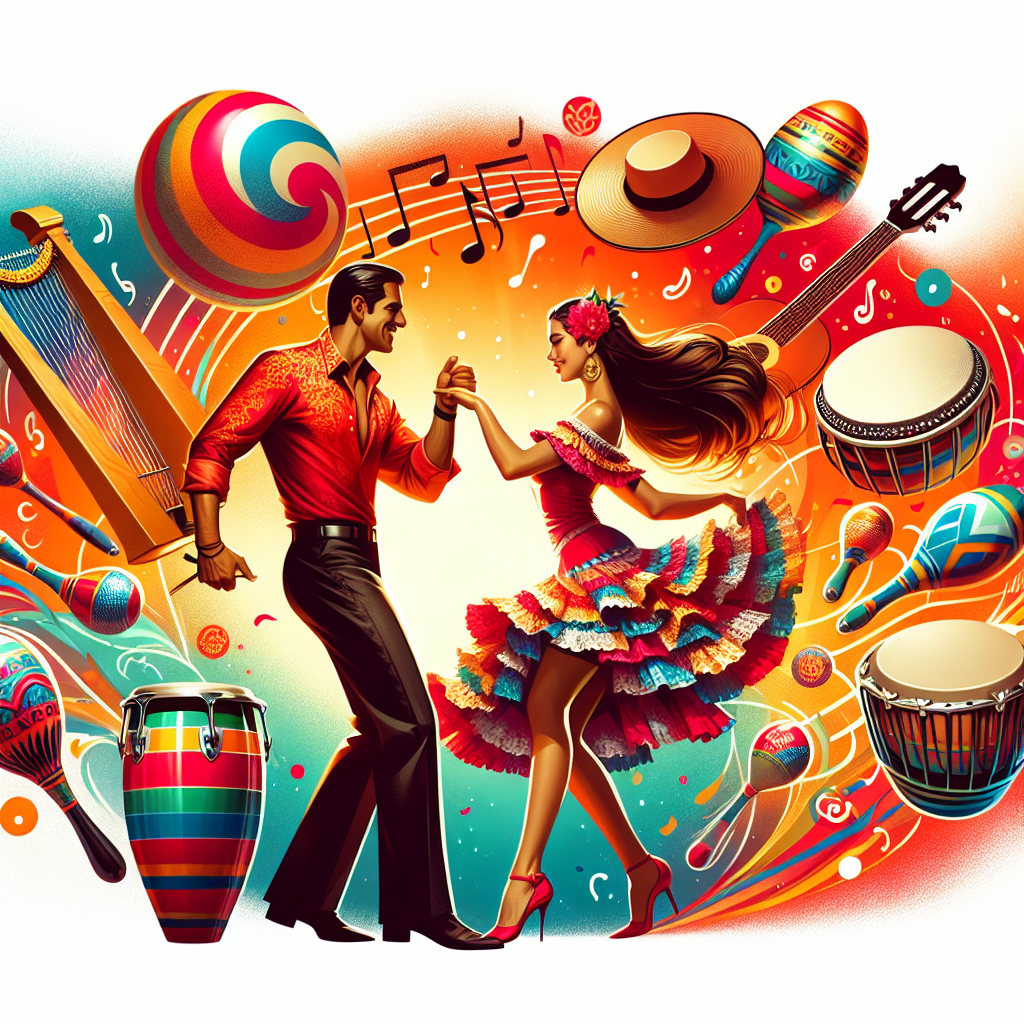The evolution of Latin rock is a rich tapestry, intertwining various strands of Latin music with the pulsating rhythms of rock and roll. From humble beginnings in the 1950s until today, Latin rock has traversed an incredible journey, leaving an indelible mark on global pop culture.
The Introduction of Latin Rock
The 1950s marked the birth of the Latin rock genre. Richie Valens, with his popular hit “La Bamba,” is often credited as one of the first artists to blend traditional Latin music with the raw power of rock. This California-born musician of Mexican heritage captivated audiences with his unique fusion of Latin sounds with rock and roll sensibilities, paving the way for future Latin rock artists.
The 1960s and the Rise of Latin Rock
The 1960s marked a significant period in the evolution of Latin rock. It was during this decade that Carlos Santana, one of the most influential figures in Latin rock, emerged. Santana’s music combined rock, blues, and Afro-Cuban rhythms, creating a fusion that resonated with audiences worldwide. His performance at the Woodstock festival in 1969 propelled Latin rock into the international limelight, establishing it as a powerful, energetic, and innovative genre.
Latin Rock in the 1980s and 1990s
During the 1980s and 1990s, Latin rock flourished, particularly within the confines of the alternative music scene. Bands like Los Prisioneros and Soda Stereo introduced a New Wave style to Latin rock, incorporating elements of punk, synth-pop and, post-punk into their music. This period in Latin rock was characterized by an overtly political tone, with artists often critiquing oppressive regimes and social injustices, reflecting the turbulent times in which they lived.
Latin Rock in the 21st Century
As we entered the 21st century, Latin rock continued to evolve and assimilate various influences. The global phenomenon of Reggaeton, which merges Afro-Caribbean music with hip-hop and electronica, has had a considerable impact on Latin rock. Artists like Juanes and Maná have both managed to create music that is innovative and traditional, incorporating influences ranging from heavy metal to reggae into their sound.
Conclusion
In conclusion, Latin rock is a vibrant and ever-evolving genre that has spanned several decades, artists, and sub-genres. Its fascinating cultural journey reflects not only the resilience and creativity of Latin music but also its ability to continually adapt and innovate. From Richie Valens to Juanes, Latin rock has proven its longevity and its ability to cross cultural and geographical boundaries. As it continues to evolve and resonate with new generations, one can only look forward to the exciting directions it will take in the future.
Frequently Asked Questions
- Who is considered the first Latin Rock artist?
- Which artist is often associated with the rise of Latin Rock in the 1960s?
- What is a major characteristic of Latin Rock in the 1980s and 1990s?
- Who are some notable Latin Rock artists in the 21st century?
- Why is the evolution of Latin Rock important?
The late Richie Valens, popularly known for his hit “La Bamba,” is widely considered one of the first artists to fuse Latin music with rock and roll.
Carlos Santana is renowned for his significant contribution to the Latin rock genre during the 1960s. He blended rock, blues, and Afro rhythms, propelling Latin rock into international popularity.
Latin Rock during the 80s and 90s often carried a socially conscious and political message. Artists like Los Prisioneros and Soda Stereo incorporated New Wave styles, bringing a unique and fresh perspective to the genre.
Current Latin rock icons include Juanes and Maná. They represent the genre’s growing diversity and ability to fuse different styles like Reggaeton, heavy metal, and reggae.
The evolution of Latin Rock charts an important cultural journey, showcasing how Latin artists can artistically blend traditional sounds with contemporary styles. The genre’s success highlights the potential of cross-cultural musical innovation and the global impact of Latin music.




